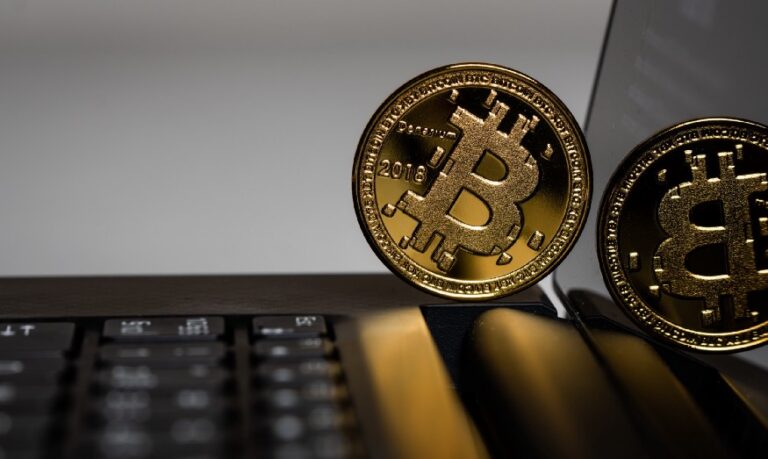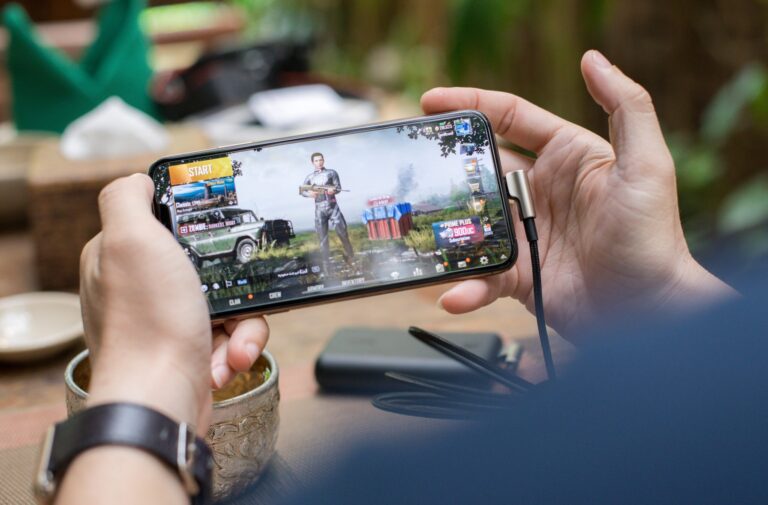
The first major technological breakthrough in the area of human communications was when the first telephones were built. Alexander Graham Bell invented it and presented to the world in 1876. Since then, people started communicating from vast distances and the whole world changed. Businesses changed, delivering delivery changed, entertainment changed (a bit later when the radio appeared). Society started functioning more in unison than was possible before. And it wouldn’t stop there.
Web 1.0
A hundred years later, in 1989, the internet made its appearance. It was a fundamental leap toward a more connected human civilization. People could share knowledge freely throughout anywhere on the planet in a shared digital library. However, it was still at its inception. Connectivity and file transfer was extremely slow (compared to todays’ standards), hardware was very expensive. It was a new market. and the so called “World Wide Web” was a new tool which nobody really knew how it was going to develop and what it was going to become, but it was clear that it was something big that wasn’t going away soon. Something as big as the telephone or even the television. People back then probably weren’t even suspecting that the internet would come to replace them.

Web 2.0
Web 2.0 is the name that has been given to the internet in its current form. Since 2005 it has developed immensely, being now at reach for almost every person on planet earth.
The world wide web has been world-wide in it’s true sense, being affordable and available almost everywhere on the planet. In a lot of cities there is even free wi-fi available, on the street or in bars, shopping centres and public institutions.
People are using the internet for almost every area of their life: keeping in contact with friends and family, keeping up to date with news (be it local or global), entertainment, leisure, getting maps and public transport schedules, business, education, etc.
There are apps being built for different purposes, from video games, stock market, news, social media, online shops to pretty much everything else. And there are improvements in software every year. The truth is, we live in a world that is getting more and more digital by the minute. There is a lot of data online. There are a lot of financial transactions happening every day. Some businesses are 100% online. Only the gaming industry accounts for a lot of them. And while these systems work and are functional. They are not perfect in terms of architecture and governance. What if Facebook decides to close down and takes all their content along with them? What if Google Maps ceases to be free of charge?
The point is that ownership of data and freedom of data is still in a grey area. And the Internet is a major part of society. Therefore the next phase is for the internet to adopt a new architecture, in which ownership is transparent and digital assets do not depend on one single corporation and their servers (be it Google, Facebook, Amazon or others).
The vision of a fairer and more transparent web dates back to around 2006, but the tools and technologies weren’t available for it to materialize. Bitcoin was still three years off, bringing with it the notion of a distributed ledger, or blockchain, for peer-to-peer digital storage. Decentralization was the idea; blockchain was the means. Now we have what is described as human-centered internet. @matteozago

Web 3.0
Web 3.0 is the name given to this new, more organised internet which will hold a clearer ownership of data and assets. One milestone would be for people to be able to sell items from the internet (like video game items for example) and exchange them for fiat currency or cryptocurrency and exchange it for other products or services. The effect will be to boost the economic system and make it easier for people to share their skills and creations to organisation which would benefit from them, making society a true “global village” and uniting people across the world. The internet is the platform, and humans are the users. Exchange of value is now easier than it ever was in the past, but it has not reached it’s full potential. Web 3.0 is meant to help us achieve that potential.



